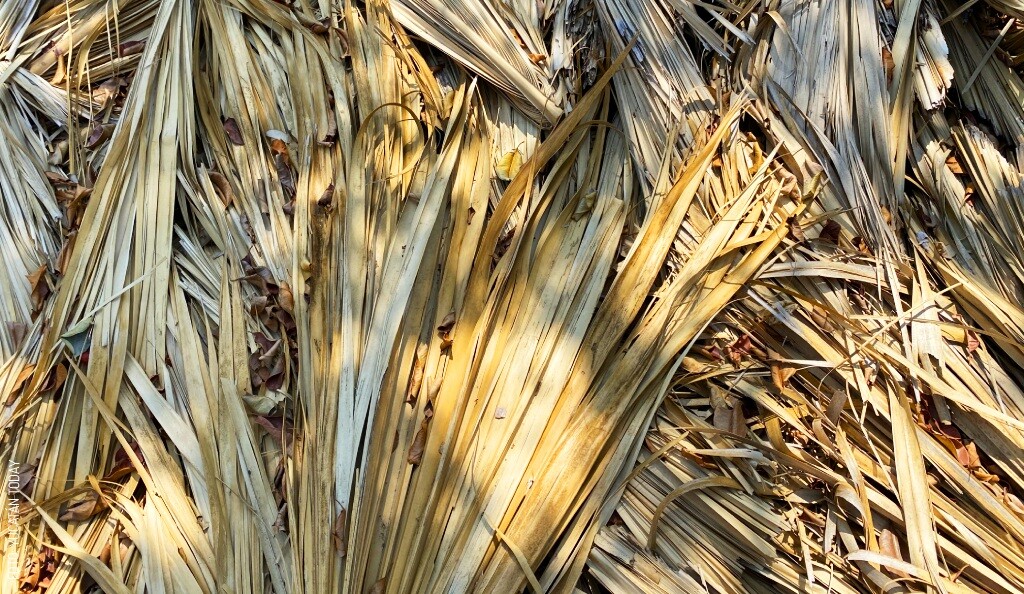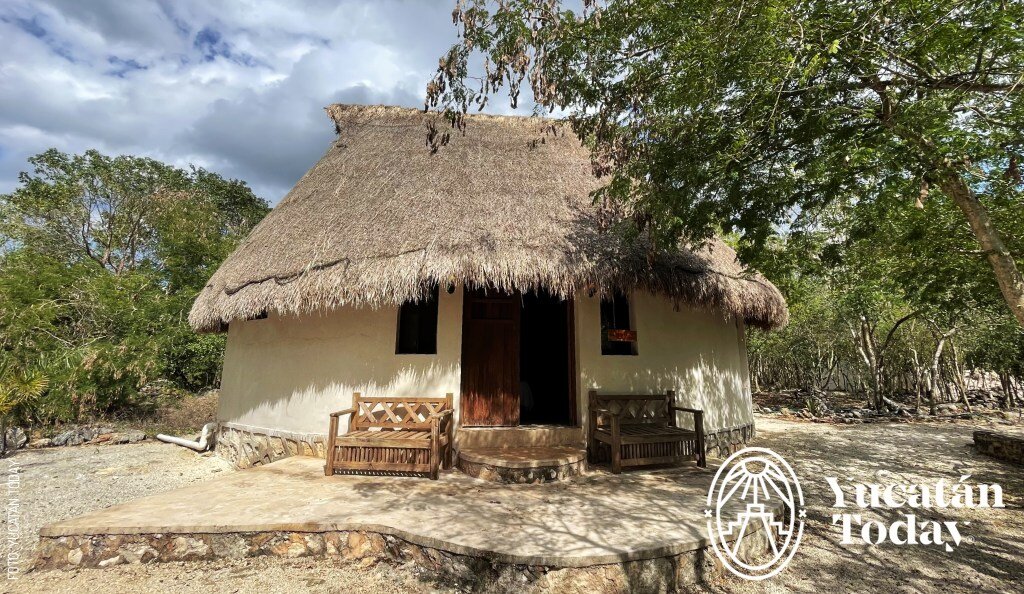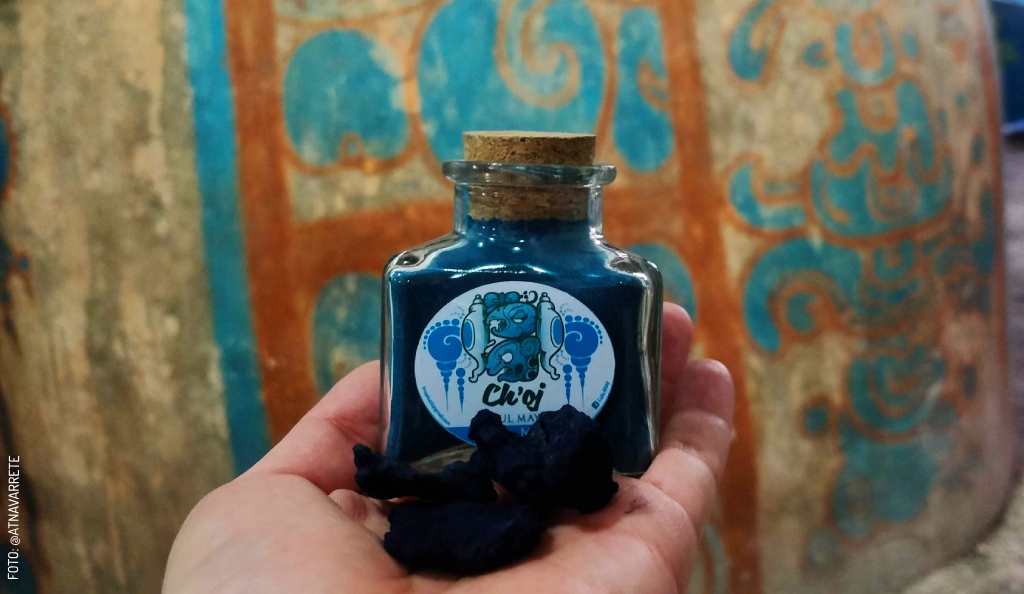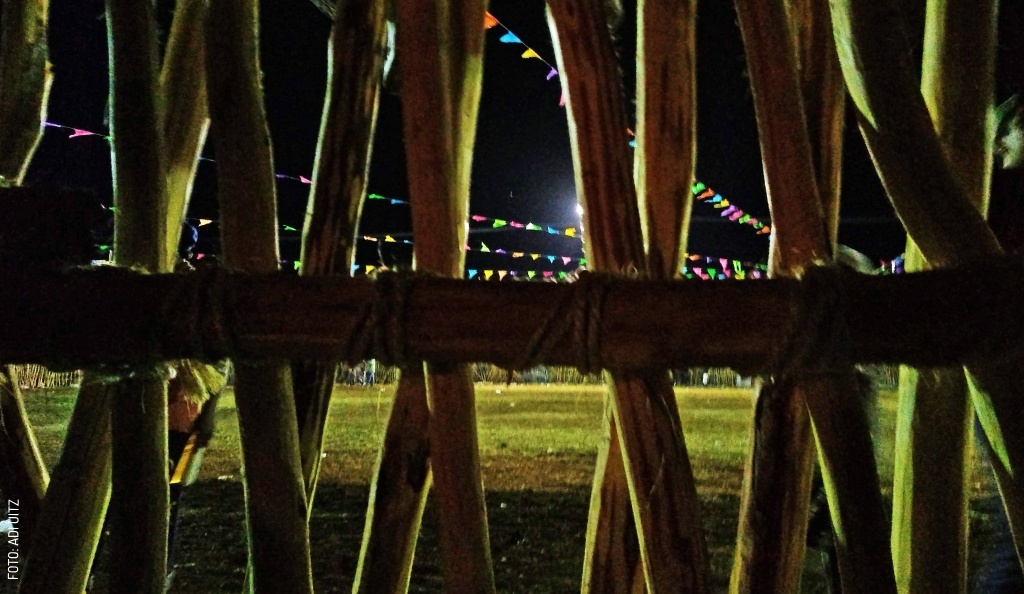
The Mighty Huano
Picture a material so versatile and dependable that you can build anything from a house to a handcraft with it. It’s even handy for everyday tasks like cooking and cleaning. What’s more, it’s lightweight, eco-friendly, and flexible. Sounds too good to be true? Well, it’s not! You probably know this material well, as it's very common in the Yucatán Peninsula. We're talking about Huano, and we’re about to take a closer look at it.
Huano or Guano, but not "that" Guano
Before we delve deeper, let's clear up a few things. The first is about spelling, “Huano" or "Guano," you can use either; both are correct. The same goes for pronunciation, which is the same. Now, here's the twist: in English (and in some Spanish-speaking regions), "Guano" refers to fertilizer crafted from bird or bat droppings; that has nothing to do with Yucatecan Huano.
And here's a curiosity: in some parts of Cuba and Puerto Rico, the word Huano is used in the streets as a synonym for cash, change, or loose coins.
Yucatecan Huano in construction
Now that we've got those clarifications sorted, let's jump into the topic. In Yucatán, Huano is the name we give to a plant sporting a round trunk that can reach up to twelve meters (or about 40 ft) in height. It has no branches, but it does have intensely green leaves that, at their peak, resemble a family-sized fan.
The trunk of the Huano can be used in simple constructions, such as fences or small posts, but it’s the leaves that are in high demand. When dried, Huano leaves are used to thatch palapa roofs.
This task is done by a Palapero. Palapa-making is a craft learned through practice and passed down from generation to generation. While it might seem simple, it requires skill. After all, palapa roofs are gently sloped and require a framework onto which layers of Huano are meticulously tied with vines, ensuring they overlap just right.
Once finished, the palapa roof will provide shelter and protection against the sun, wind, and rain, thanks to Huano's waterproof nature and cooling properties. However, the natural wear and tear of the palm requires the roof to be renewed every ten or twelve years. But even in that aspect, Huano is unbeatable because it's a biodegradable material.
Its history as a construction material dates back centuries, as there is evidence that the ancient Maya lived in small houses with Huano roofs. Its presence in rural areas is significant due to its variety of uses and availability.
What's more, its versatility has soared from traditional housing to being hailed as a luxury material in crafting palapas for tourist resorts and even upscale apartments.
Today's architects have realized the versatility of the humble Huano. Take, for instance, its incredible ability to absorb minimal heat even after prolonged exposure to the sun, keeping spaces refreshingly cool in Yucatán's warm climate. In contrast, many modern homes with flat roofs retain a lot of heat radiation, leading to higher reliance on air conditioning and electricity. In technical terms, Huano is thermally efficient.

Yucatecan Huano in cleaning
But it's not just about shielding from the elements above; on the ground, Huano lends a hand with cleaning, crafting brooms that sweep with finesse. Not to mention that it can also bring beauty to the home in the form of delicate crafts.
Yucatecan Huano in cooking
But as I mentioned, its usefulness is manifold. In fact, Huano has even made its way into the kitchen, or rather, into the Píib. In rural communities, Huano leaves are used to cover the earthen ovens where delicacies like Cochinita Pibil are cooked.
The species of Huano in Yucatán
In Yucatán, there are four species of Huano palm. The most common is the Sabal gretheriae, better known in Maya as Xa'an, belonging to the Arecaceae family. According to local lore, the plant can live up to a century.
So let's celebrate the humble and mighty Huano for the services it provides without boasting. Simple, sustainable, and versatile, the Huano plant is a treasure trove of wonders that’s part of the Yucatecan landscape.
Photography by Alicia Navarrete y Yucatán Today for its use in Yucatán Today.

Author: Alberto Chuc
I like to travel through books and in the real world, activities that I combine whenever I can.
In love with Yucatán? Get the best of Yucatán Today delivered to your inbox.
Related articles

How is the Maya blue pigment made?
Get to know the fascinating process of creating the vibrant azul maya pigment in Yucatán, from its roots to its rediscovery by artist Luis May Ku.
Nativity Scenes in Teabo: Creativity and Ingenuity Turned Tradition
Visit Teabo and marvel at the most original and creative nativity scenes in the region, a magical Yucatan tradition not to be missed on Christmas!






